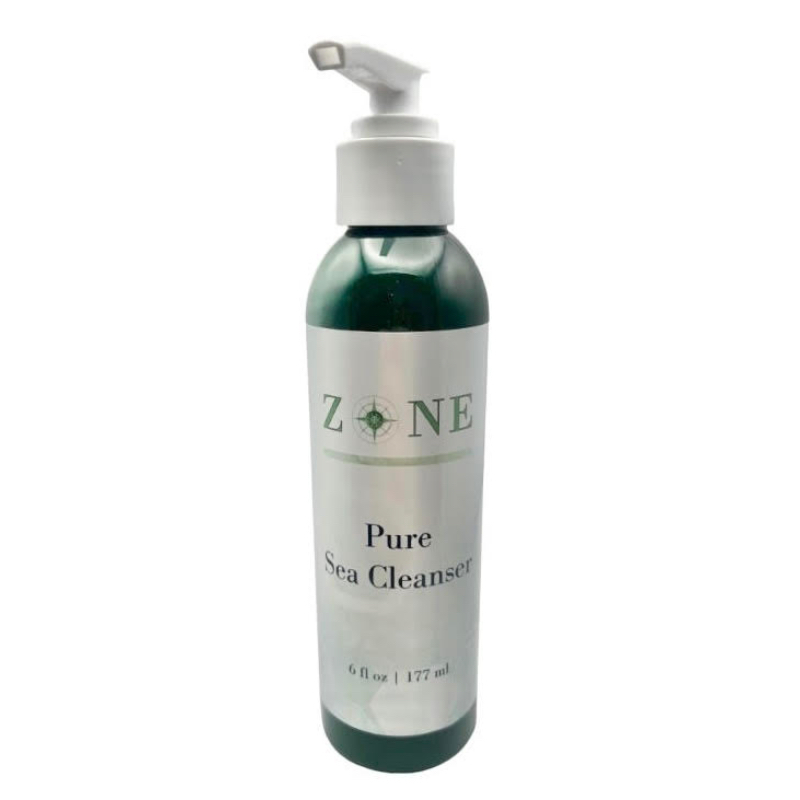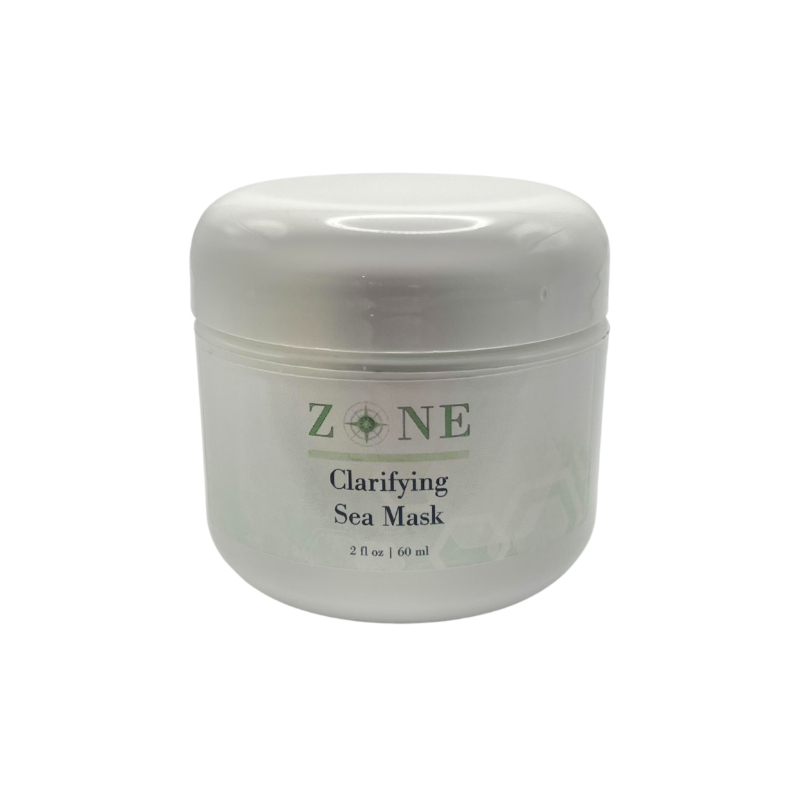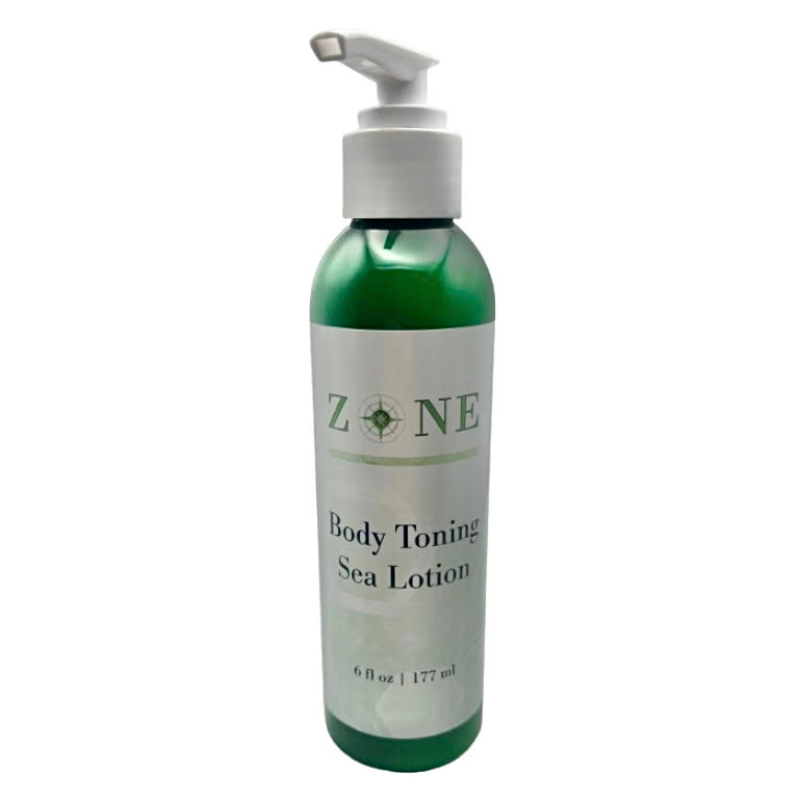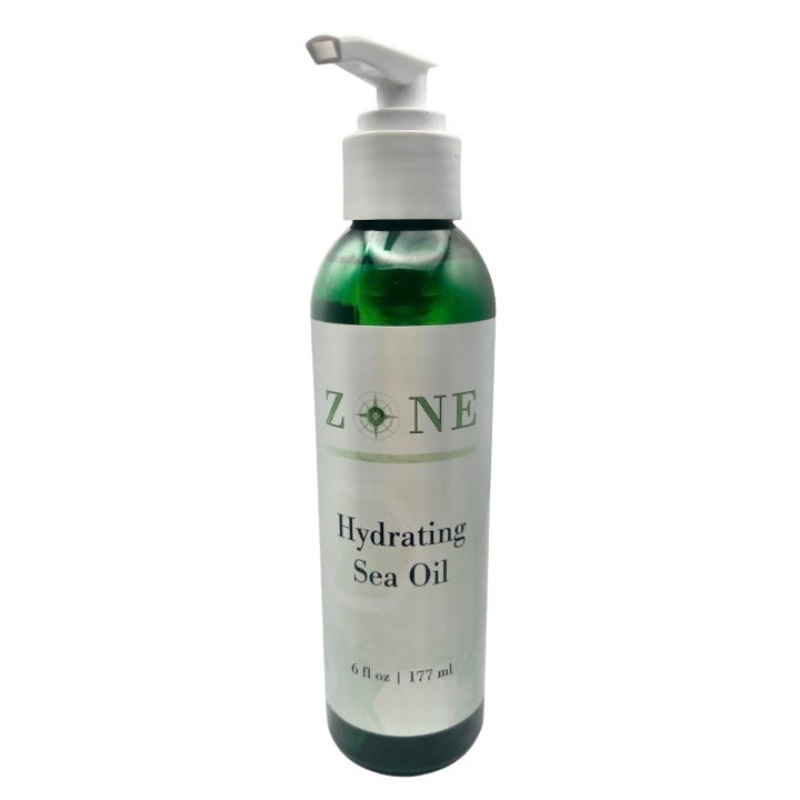Isabel’s Blog #12: Lavender is More than a Color

#12: Lavender is More than a Color
Lavender is one of my favorite flowers and a prominent ingreident in several ZONE products. It's powerful healing properties have been recognized for the past 2,500 years. The beautiful colors of the flower have been celebrated and glorious scent is an experience to always remember.
Lavender also treats a wide variety of ailments. It is very compatibile with human physiology, an antimicrobial protective agent against disease and it's scent uplifts even the worst moods.
My first introduction to lavender was through my work in the spa industry via a French phytotherapy company. I learned more about Aromatherapy (i.e. therapies that use essential oils and other aromatic plant compounds) and discovered that local medical schools taught the science as well.
The scent of lavender has the ability to calm and helped play a big part in legitimizing aromatherapy across the world. It is the typical first choice for aroma diffusers and aromatherapy massages in spas and wellness centers. However, I am more familiar with its skin-related benefits. I have always used land and sea plants in my aesthetic work, and have been amazed by how effective lavander can be. In addition to cosmetics, the economic cost and availability of lavender makes it an ingredient used across the board in food, teas and cleaning products. Here are a few notable aesthetic benefits:
- It helps correct inflammatory skin conditions such as acne and rosacea.
- Naturally antibacterial without any drying effects.
- Diminishes itching from insect bites and rashes.
- Softens skin, keeps it hydrated and helps to prevent wrinkles.
I like to call lavender the "Queen of Essential Oils".
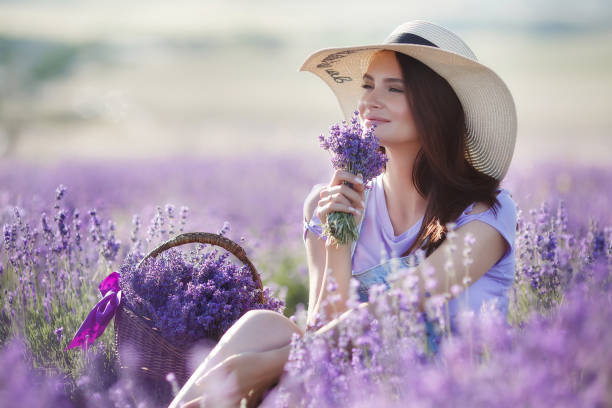
During my research, I came across Tumalo Lavender, a 10 acre farm with around 10,000 lavender plants. The farm owners Gordon and Judy Knight provide a great overview of lavender’s history on their website. Here are some key takeaways:
- The name comes from the Latin 'lavare' meaning to wash.
- It is believed to originate from the Mediterranean, Middle East and India with a huge boost to popularity coming from the early Romans and the Renaissance in France, England and other European countries.
- In Egypt it was used for mummification and it is said Cleopatra used it to seduce Mark Anthony. It is still talked about as a “love potion” but I think that might be as a result of the uplifted mood delivered by lavender's scent.
- The first written record of the healing uses of lavender appears to be that of the Greek military physician Dioscorides in 77 AD. In addition to the topical uses of lavender, he wrote that taking it internally helped to relieve indigestion and headaches. The Greeks also used it to heal pains, burns and wounds.
- Throughout history it has been used as a remedy for disease. Medical personnel would also cover their gloves with lavender as a precautionary protection.
- Lavender was used to scent drawers, perfume the air and because of its antiseptic qualities to ward off infection and heal wounds. Lavender was used in perfumes, soaps, oils and ointments. Women who took in washing for hire were known as lavenders because the clothes were washed in lavender and laid to dry on lavender bushes.
Throughout time many different Queens of England have been strong admirers of lavender. Throughout the castle, sachets of lavender potpurri were used to scent linens, pillows, closets and clothes. Also, lavender-infused lotions kept skin fresh and youthful and adding it to baths became a luxurious way to relax.
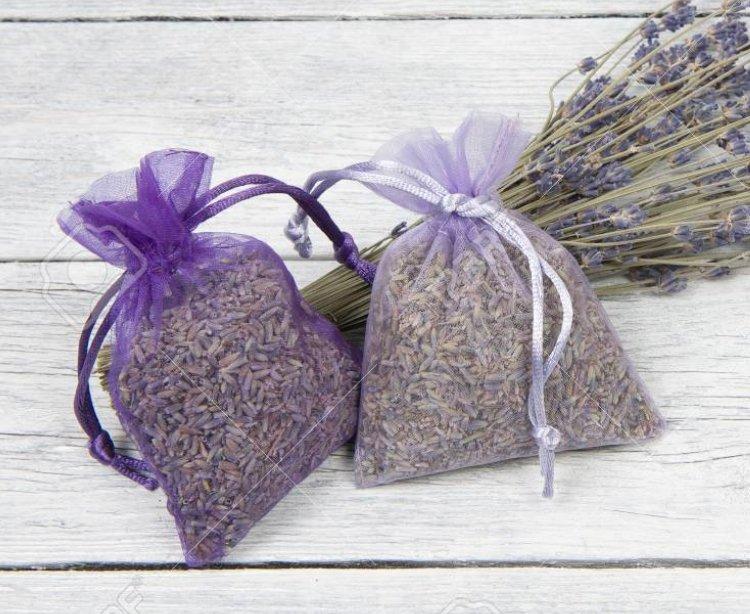
According to the book The Aromatherapy Garden: Growing Fragrant Plants for Happiness and Well-Being by Kathi Keville (an internationally known aromatherapist and herbalist) - she states:

"There are over 40 species and another 400 varieties of lavender. They vary by size, color, scent, size, and flower structure...lavender likes a Mediterranean climate and plenty of sunshine. It also likes growing wild in a high altitudes."

During my research I was surprised to learn that lavender flowers can be different colors. They are deep purple, violet, purple, pink, red, blue, yellow and even white. Their leaves also vary in shape and color. The scent can be sweet, strong, light or cool depending on the species and where it is grown.
Hybrids continue to be created by growers around the world. Mixing purple and white flowers to create lilac, pinkish lavender, lavender with a blue tint…they are all beautiful to look at!
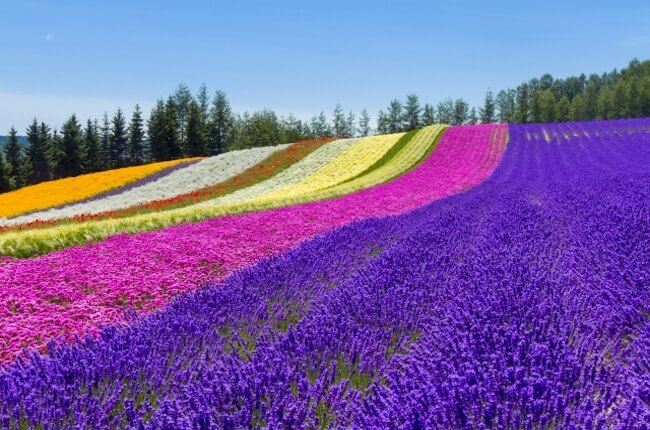
Beautiful lavender fields in Hokkaido, Japan
There have been numerous studies that found lavender oil promotes skin healing. However, one particularly interesting 2013 study from the National Institute of Health (NIH) by PH Koulivand suggests that:

"...lavender oil may be an effective medicament in treatment of several neurological disorders. Several animal and human investigations suggest anxiolytic, mood stabilizer, sedative, analgesic, and anticonvulsive and neuroprotective properties for lavender. These studies raised the possibility of revival of lavender therapeutic efficacy in neurological disorders.”

Below are the five ZONE skin and body care products that include lavender:
-
ZONE Pure Sea Cleanser
$38.00 -
ZONE Clarifying Sea Mask
$42.00 -
ZONE Body Toning Sea Lotion
$32.00 -
ZONE Hydrating Sea Oil
$45.00

Lavender is a wonderful gift from nature. It is a perfect example of how the body responds to natural substances to heal and become well. It’s use in daily care supports the immune system in multiple holistic ways!
Here is a video that teaches you how to grow lavender no matter where you live:

